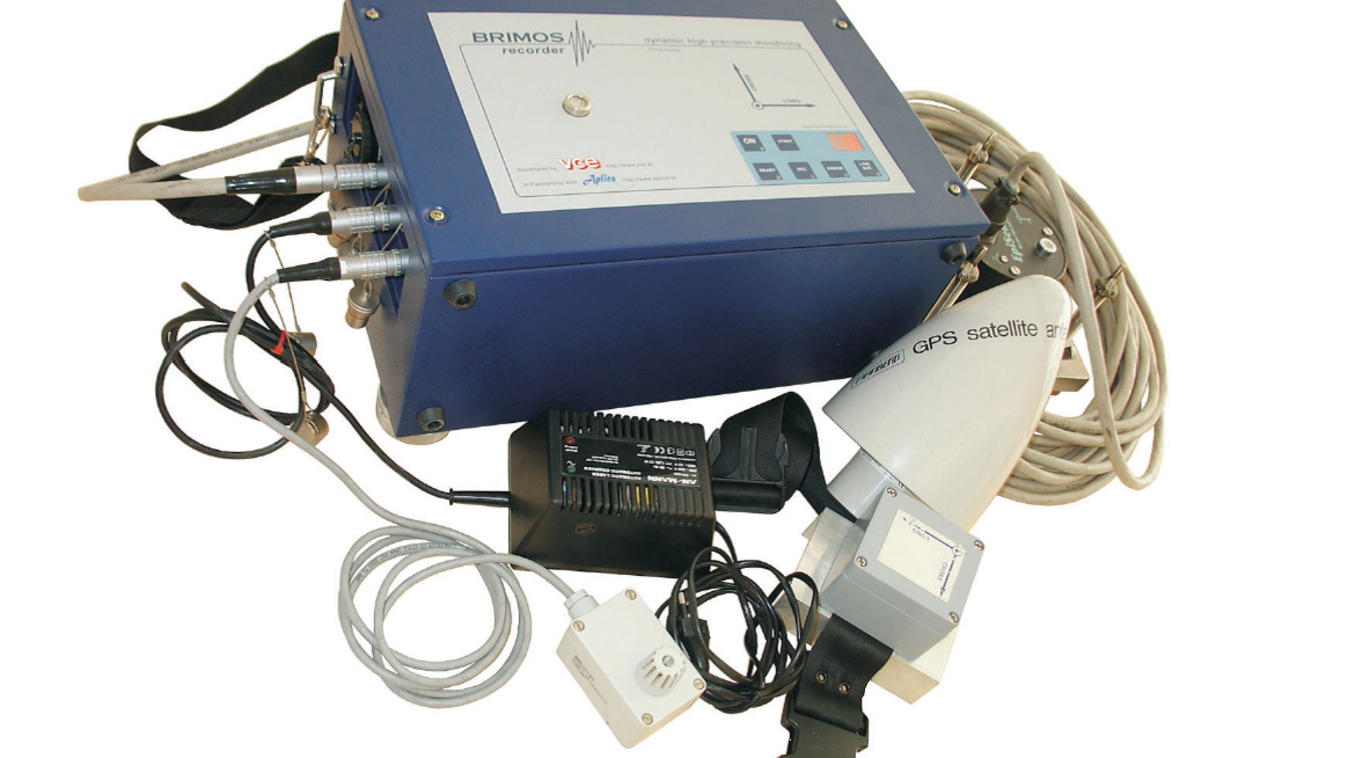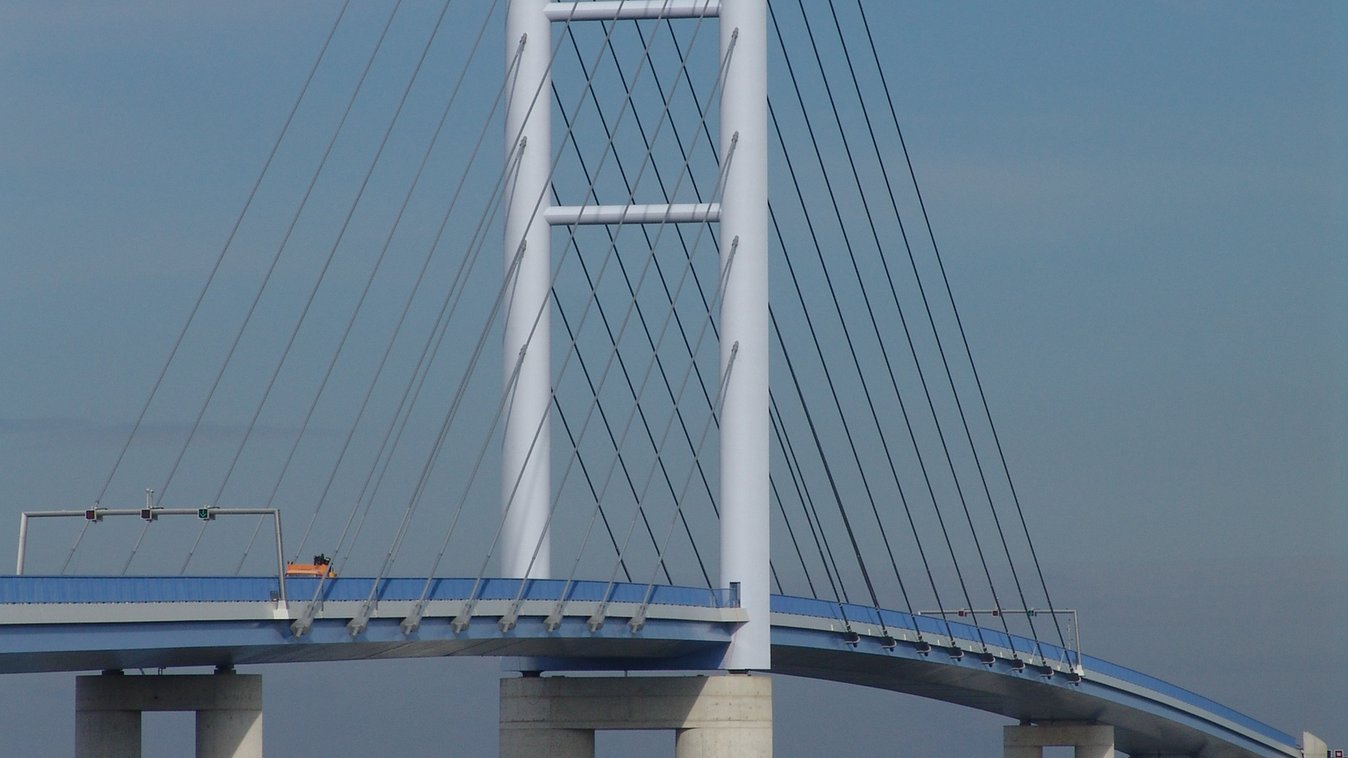

Rügen Brücke
Short description
BBV Systems was entrusted with the metrological check of the cables.
The project
With the BRIMOS® method, the cable forces are determined from the measured dynamic characteristics, taking into account the inherent rigidity of the cable. The present results serve to check the cable forces before opening the car to traffic and as a reference for later follow-up examinations.
The measurements were carried out with the BRIMOS® recorder. The external three-dimensional accelerometer of the recorder was attached to the cables at a height of approximately 1.5 m above the roadway. The measurements were taken individually, cable by cable. Two measurement files of 330 seconds each with a sampling rate of 5 milliseconds (this corresponds to 200 Hz) were recorded for each cable. The measurement data were read out on site and checked for plausibility.
Procedure for checking the condition of external tendons and stay cables according to Booklet 1025, Section 8.3.6 (Federal Ministry of Transport, Building and Urban Development, 2009): With the BRIMOS® recorder, using a separate sensor, the prestressing forces of external tendons can be measured and stay cables can be checked easily and easily at any time.
Basically there is a great need in practice to check the effective clamping force or its development over time in a technically and economically sensible manner. In particular, accompanying the tensioning process through dynamic measurements during the construction phases is important in order to compare the current cable force with the required values and to be able to carry out a quality control.
The stressing force can be checked by reattaching the clamping jack, but this check involves a great deal of logistical, time-consuming and therefore financial expenditure. There is a risk of inadvertent damage to the cable or the anchorage. The BRIMOS® process offers advantages. A modern, non-destructive process based on the analysis of the dynamic characteristics.
